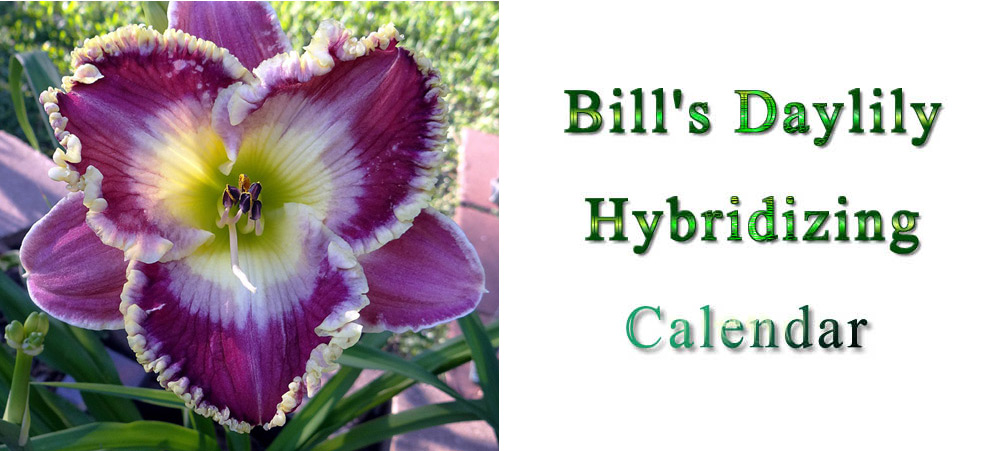Once each cross has been consolidated into individual baggies, the process of counting and cataloging begins.
The tools I use are shown to the right and include a 15"x6"x2" plastic drawer organizer, 3"x2" plastic zip-lock bags, a sharpie, and a seed scoop. I made the seed scoop by folding up a 4x6 card as shown and stapling it together. It is not only useful for scooping up the seeds and pouring them into the little bags, it also serves to push the seeds into clusters of 10 in the tray to make them easy to count.
After counting the seeds, each cross is put in a 3"x2" ziplock bag and assigned a sequential number (YY-###) to identify the cross. YY indicates the year the seeds were produced. Then it's entered in my database (see sample to the right).
I consider between 1800 and 2000 seeds to be a good crop. As I plant about 1500 each year, this gives me some extras just in case. Producing seeds can take a lot out of a daylily and setting too many seed pods can affect the coming year's bloom negatively. So I try not to produce an excessive number of seeds.

